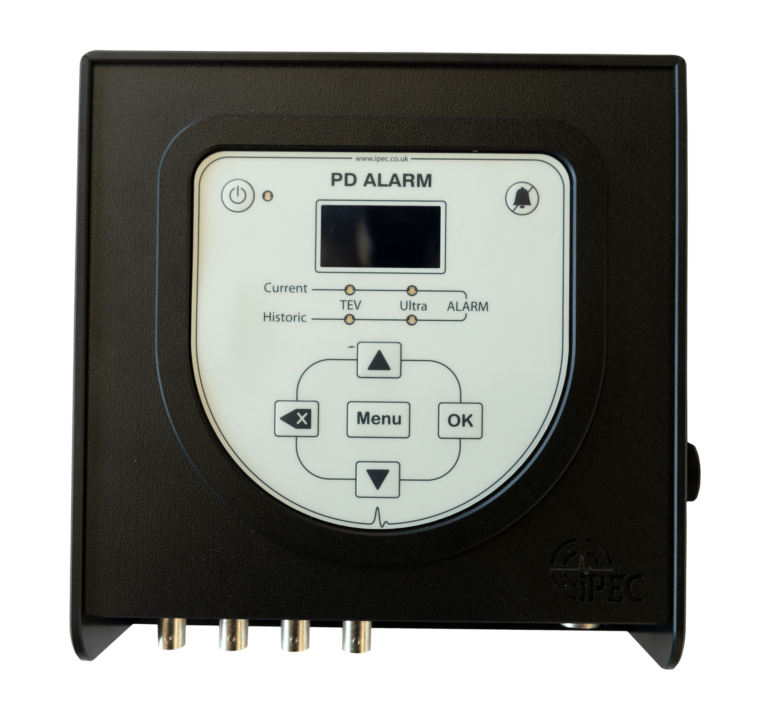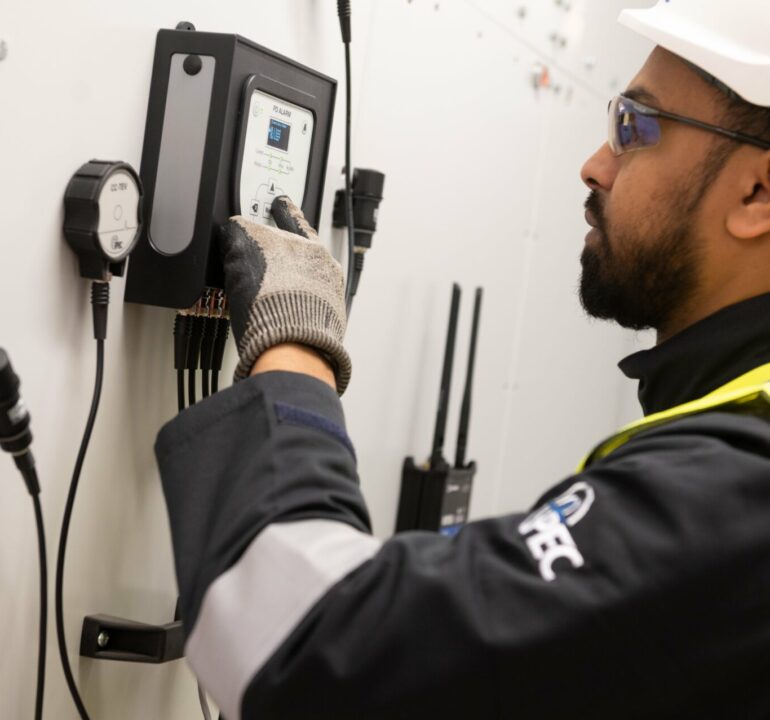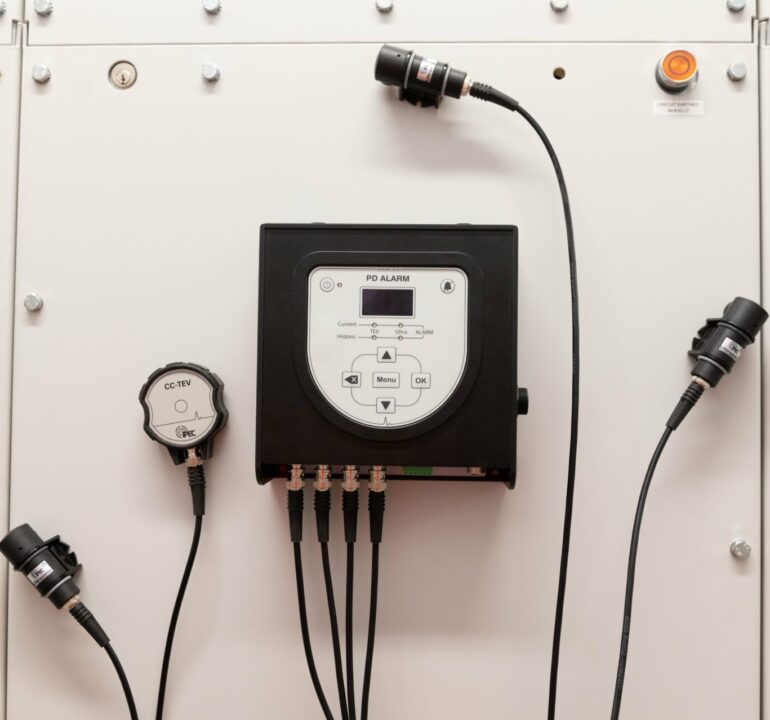
AA-Ultrasonic

The PD Alarm is an asset mounted device for indicating the presence of partial discharge in high voltage switchgear, ring main units (RMUs) and dry type transformers. Designed for use in small substations, the instrument can activate local and remote alarms in addition to local indication.
Small design and magnetic coupling for ease of installation
Compact design, but automated PD analysis
PD Smart Hub software displays data and alarms remotely
auto separation when the device detects background Noise instead of real PD
local alarms and volt free contacts
control and configure with PD Alarm app


In any network, the vast majority of assets are distributed via secondary substations taking HV down to LV for consumer supply. Often these assets are low in value but high in volume, therefore difficult to include in a condition monitoring programme;
Traditional monitoring is too expensive
Spot Testing cannot cover the high number of assets
IPEC’s new PD Alarm addresses this issue. Designed for large scale roll out it is now a cost effective system for PD monitoring over such a large asset base.
To highlight the intended sites in which the PD Alarm can be deployed, the diagram below shows the number of substations in a ‘typical’ large city. The PD Alarm is designed for these secondary substations, and is the only solution currently on the market for customers to monitor these assets cost effectively.
The PD Alarm is an asset mounted device for indicating the presence of partial discharge in high voltage switchgear, ring main units (RMUs) and dry type transformers. Designed for use in small substations, the instrument can activate local and remote alarms in addition to local indication.
The PD Alarm is built into a tough case that magnetically mounts to the RMU. Installation is very quick and simple with only a power connection required to get the system operational. Alarms can be configured to operate either locally with SCADA or remotely using an optional integrated modem.
The system incorporates algorithms that distinguish noise from real PD, significantly reducing the likelihood of getting false alarms. The status and PD levels are displayed on a bright OLED display at the front of the unit.

The PD Alarm applies effective noise rejection algorithms that can reliably distinguish between real PD and Noise. This means the system raises very few false alarms.
The PD Alarm can send communications via 4G/5G or ethernet two methods. If the customer has local RTU’s installed, an alert can be sent via volt free contacts to the PLC connection and existing SCADA network.
